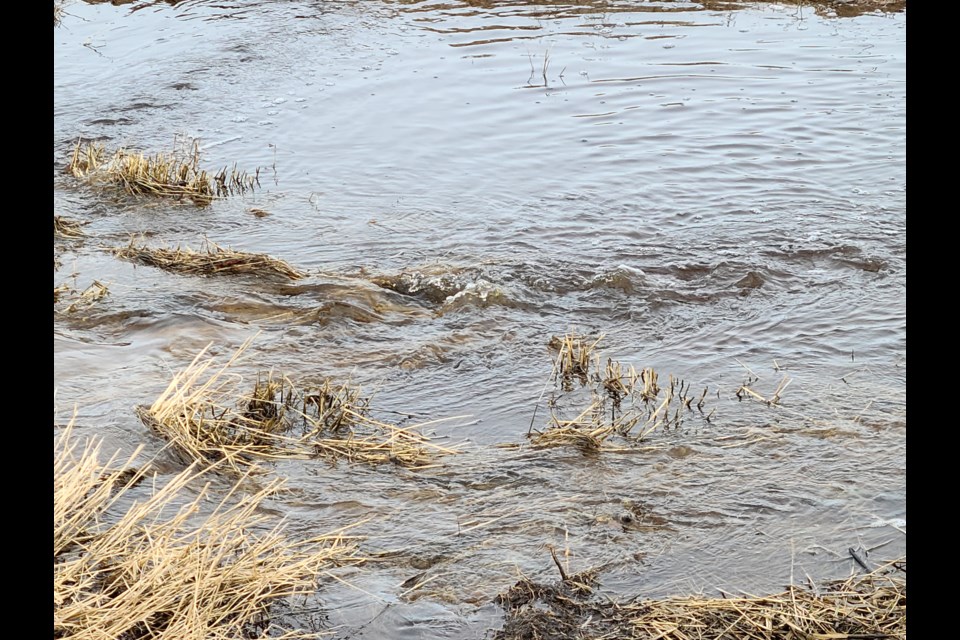UNITY — In a media release on Feb. 8, the Sask. Water Security Agency released their preliminary runoff outlook for 2023, based on conditions as they were reported on Feb. 1.
In responses to an interview with Unity-Wilkie Press-Herald and SASKTODAY.ca, Patrick Boyle, spokesperson for the Sask. Water Agency, talked about specifics on the areas of Kerrobert, Luseland, Macklin, Unity and Wilkie.
“These areas range from near normal spring runoff potential to below normal runoff potential,” Boyle says.
“Winter precipitation so far looks better than average in these areas. However, spring runoff is also affected by soil moisture prior to freeze-up, how much snow we have during winter, and how fast the melt could be.”
Boyle notes that in general, spring runoff and soil moisture might be slightly better than the previous years based on what we know so far.
With what appears to many as plenty of snow still in the environment, residents wonder if we can expect some relief to dry conditions that have been part of the weather scene the last few years.
“It is possible, although relief to dry conditions would most likely come from precipitation in this spring and summer,” Boyle responds.
With winter still lasting potentially eight, people are wondering if more snowfall would cause flood concerns to the area.
“At this time, we do not expect to see a significant runoff event, however we will be monitoring conditions throughout the melting period and will provide regular updates,” Boyle says.
SWSA takes into account weather when introducing data into these runoff reports.
“When preparing our runoff report – issued in early March – we use a combination of data including what conditions were like at freeze up, how much precipitation fell over the winter, detailed snowpack surveys where we physically measure the amount of water in snow samples from over 100 sites across the province, alpine snowpack data, and weather models from Environment Canada and the U.S. National Weather Service,” Boyle adds.
“This helps give us as complete a picture as possible of what we can expect. However, we also continually monitor water flows in lakes and rivers in Saskatchewan and provide regular updates as conditions develop.”
Boyle notes that the report issued in February is their preliminary runoff report and provides an early indication of conditions for late winter. In late February, WSA staff begin taking physical measurements from over 100 sites across the province to measure the depth of snow and how much water that snow contains.
“This data as well as updated weather forecasts then gets included in the runoff report issued in early March. This report provides a more complete picture of conditions and what we can expect to see during the melt. We provide regular updates to this report as conditions develop and report them publicly.”
SWSA has staff at 17 offices across the province who measure water quality, quantity and operate the province’s 72 dams and control structures.
“We will have staff members in the field at over 100 sites across the province in late February collecting snowpack survey data to be included in the runoff report for early March.”
The February preliminary runoff report said, “Southern Saskatchewan, with below normal snowmelt runoff potential yet again. Mid-winter melts have depleted the snowpack in the Maple Creek area.” The report says that central areas of the province and the northwest are also expected to experience near normal snowmelt runoff.
The preliminary runoff report released Feb. 8 also said there are concerns that a minimal replenishment of surface water supplies in the Swift Current and Outlook area to the Alberta border are expected to reduce runoff yields.
At this time, the risk of snowmelt related flooding in the province is low.
The complete preliminary runoff report can be found on the website https://www.wsask.ca/




